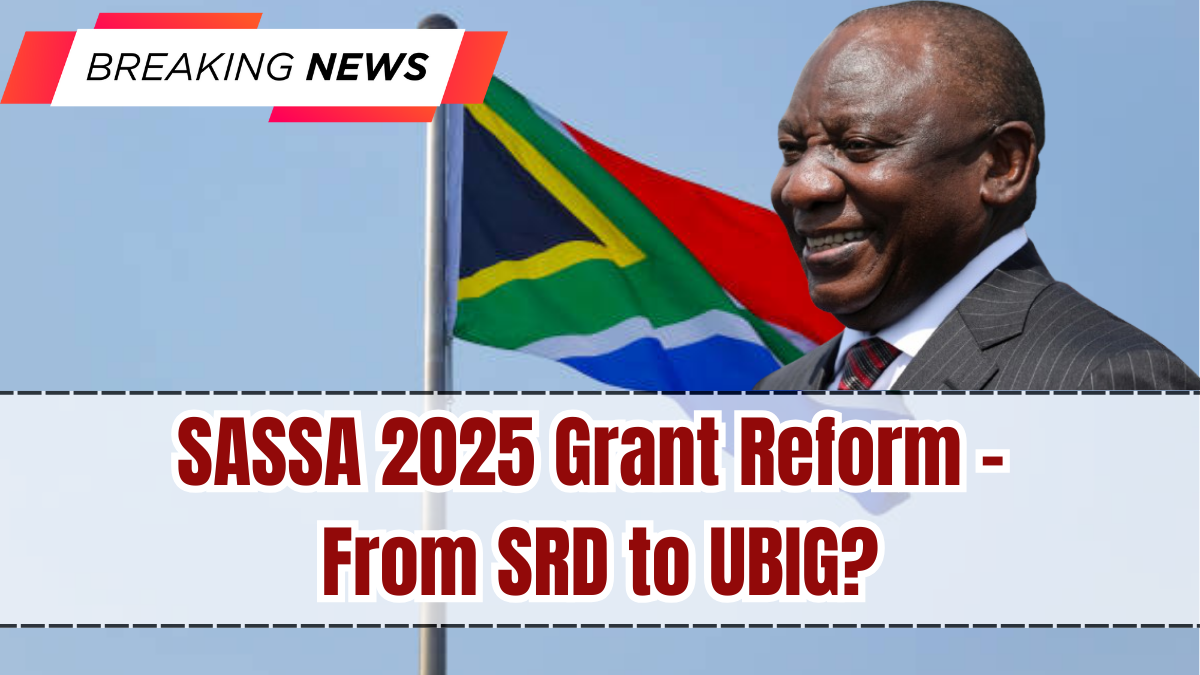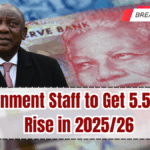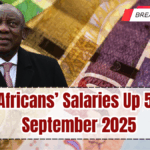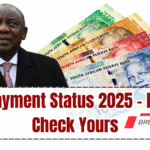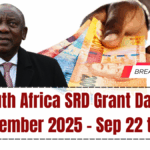Social grants remain one of the most important tools in South Africa’s fight against poverty and inequality. The South African Social Security Agency (SASSA) administers payments to millions of citizens, including the elderly, children, and people with disabilities. In 2025, SASSA has begun to discuss major reforms to the current system, with attention turning towards the possibility of moving from the temporary Social Relief of Distress (SRD) Grant to a long-term Universal Basic Income Grant (UBIG).
For years, the SRD Grant of R370 per month has served as an emergency safety net. It was first introduced during the pandemic and later extended due to ongoing economic hardship. While it has provided relief, experts argue that a temporary scheme cannot fully tackle South Africa’s long-term poverty challenges. That’s why policymakers are now seriously considering whether the SRD Grant should evolve into a permanent UBIG.
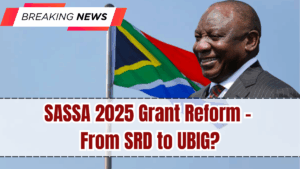
Why Reform Is Needed
The SRD Grant has been vital, but it comes with limitations. Payments are modest, eligibility requirements exclude many in need, and uncertainty about renewal creates instability for households. Millions rely on this grant, yet they cannot plan their finances beyond a few months because it is not guaranteed long term.
SASSA’s own data shows that unemployment and food insecurity remain high. Without predictable support, vulnerable households are forced to make tough choices—sometimes skipping meals, delaying medical care, or taking on debt. Reforming the system to include a UBIG would provide more stability and dignity.
What Is a Universal Basic Income Grant?
A Universal Basic Income Grant (UBIG) is a regular payment made to all eligible citizens, regardless of employment status. Unlike temporary schemes, it is designed to be permanent, unconditional, and predictable.
The idea is that UBIG would replace or expand upon the SRD Grant, ensuring no South African falls below a basic income threshold. While the exact amount has not been set, proposals range from R370 (current SRD level) to around R1,000 per month.
Supporters believe UBIG could help close the poverty gap, reduce inequality, and stimulate the economy by boosting consumer spending. Critics, however, worry about the high fiscal cost.
The Government’s Position in 2025
The South African government has confirmed that discussions around UBIG are actively taking place in 2025. The Department of Social Development has released consultation papers outlining different models for funding and implementing the grant.
Finance officials remain cautious, pointing out that implementing UBIG nationwide could cost hundreds of billions of rand annually. To fund it, options such as increasing taxes, reallocating budgets, or introducing new levies are being debated.
Still, the government acknowledges that poverty and unemployment rates make the case for UBIG stronger than ever. The goal is to find a balanced, sustainable model that offers long-term relief without destabilising public finances.
What Changes Could Be Introduced in 2025?
SASSA has already hinted at several improvements under review:
-
Better payment systems to reduce delays and fraud.
-
Expanded eligibility for SRD to include more vulnerable groups.
-
Digital platforms for faster application and tracking.
-
Gradual transition from SRD to UBIG, possibly starting with pilot programs.
This step-by-step approach allows the government to test the feasibility of UBIG while continuing to provide SRD support in the short term.
Challenges Ahead
While UBIG sounds promising, several challenges must be addressed before it can become a reality.
-
Funding: The biggest hurdle is cost. Raising enough revenue to cover monthly payments for millions without harming the economy is complex.
-
Targeting vs Universality: Should UBIG go to everyone, or only low-income groups? True universality is expensive, but means-testing risks excluding people in need.
-
Administration: Expanding payments would require stronger systems to prevent fraud and ensure smooth distribution.
-
Political Will: Implementing UBIG will require strong cross-party support and public acceptance.
Why This Reform Matters
For ordinary South Africans, the difference between SRD and UBIG is huge. SRD is temporary, uncertain, and limited. UBIG would provide permanent financial security, allowing people to plan for the future.
-
For unemployed youth, UBIG could mean money for transport to interviews or basic job-seeking costs.
-
For families, it could help buy food and keep children in school.
-
For communities, it could stimulate local businesses as more people have cash to spend.
The broader goal is to reduce poverty while giving people the chance to live with dignity.
Looking Ahead
The debate around UBIG is not expected to be settled quickly. In 2025, pilot programs and public consultations are likely to continue. What is clear, however, is that the demand for reform is strong. With millions depending on SRD each month, the need for a permanent solution is urgent.
Whether UBIG becomes reality in the near future or not, 2025 marks a turning point. It is the year South Africa began moving from short-term emergency relief towards serious discussions about a universal safety net for all citizens.
FAQs
What is the SRD Grant?
The Social Relief of Distress Grant is a temporary R370 monthly payment for unemployed South Africans.
What is a Universal Basic Income Grant (UBIG)?
It is a proposed permanent payment to ensure all citizens have a minimum income, regardless of work status.
Will UBIG replace SRD in 2025?
Not immediately. The government is still consulting on models, but discussions are underway.
How much could UBIG be worth?
Proposals range from R370 per month to R1,000, depending on affordability.
What are the main challenges with UBIG?
The biggest challenges are cost, sustainability, and building strong systems to deliver it effectively.
Click here to know more.
